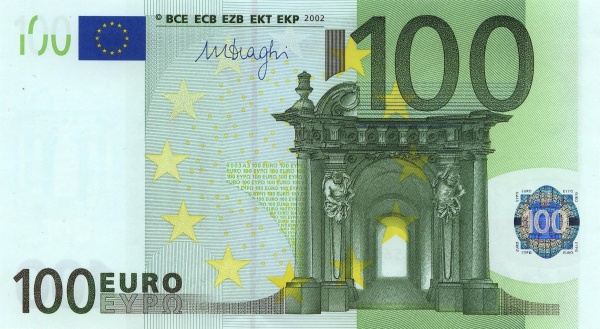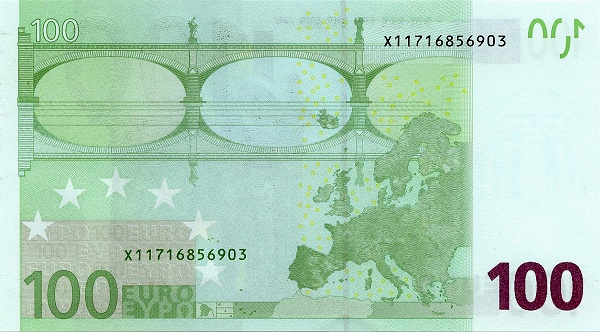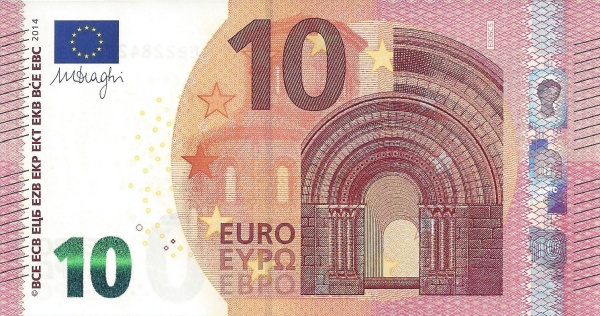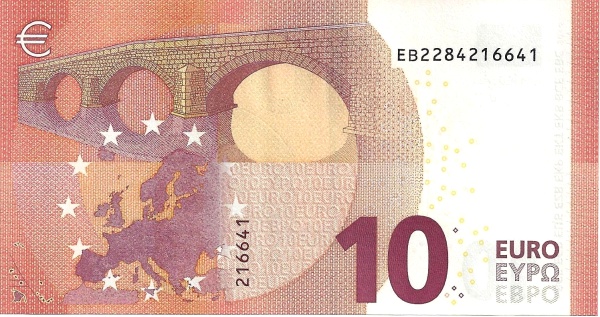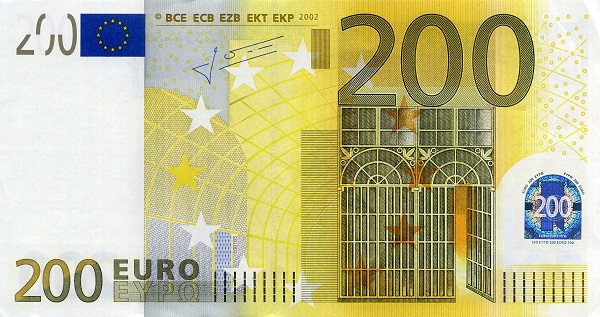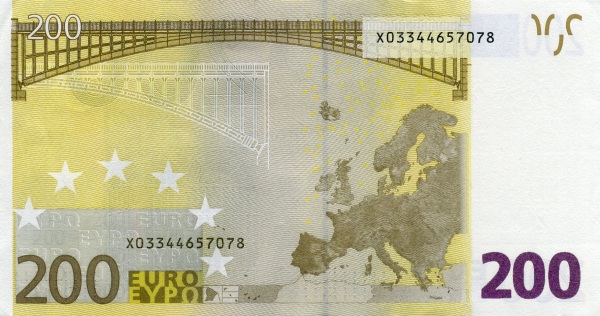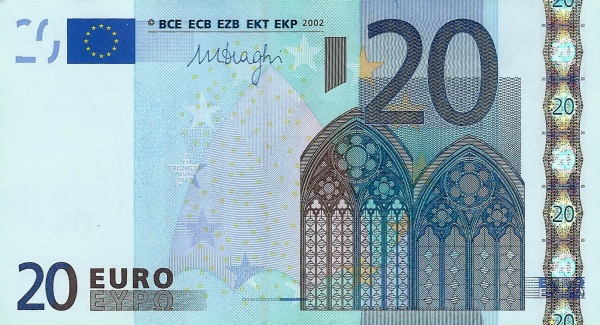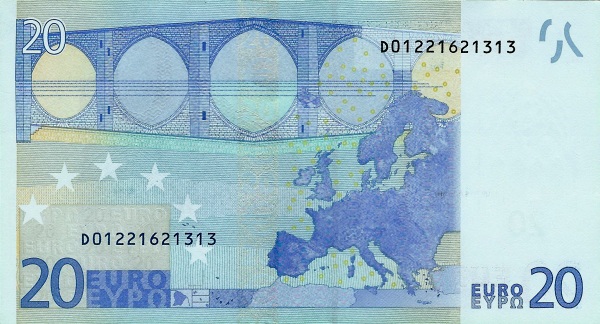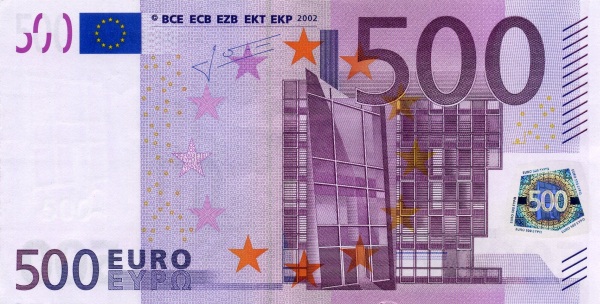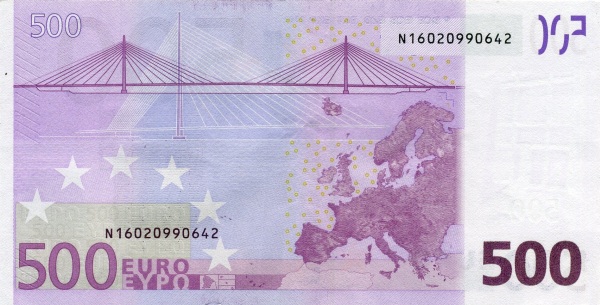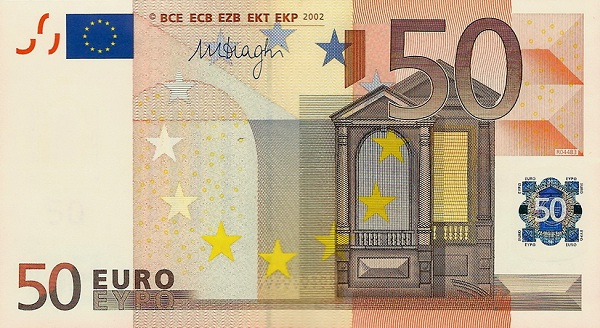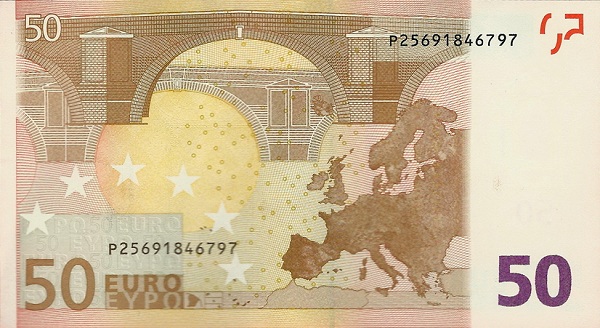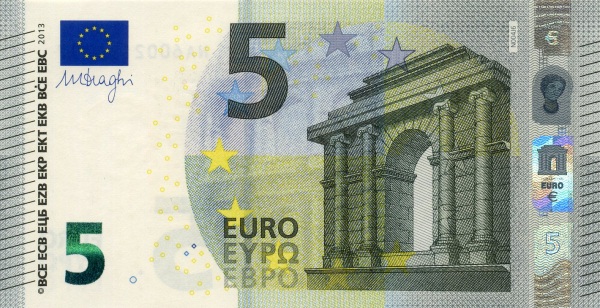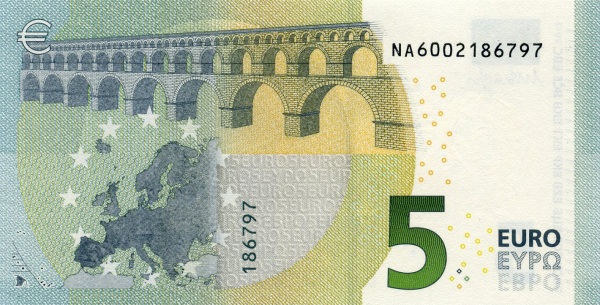Exploring the Enchanting Uniqueness of Monaco
Monaco, a captivating principality nestled along the Mediterranean coast near the Italian border, truly stands out as a remarkable destination. This city-state forms an enclave within France and boasts a rich history and vibrant culture. Officially, the language spoken in Monaco is French, contributing to its European charm. Interestingly, Monaco holds the prestigious title of the smallest sovereign state globally, following only the Vatican.
A Historical Overview of Monaco
The fascinating history of Monaco began in 1215 when it originated as a colony of Genoa. The House of Grimaldi has ruled Monaco since 1297, highlighting its long-standing governance. François Grimaldi, famously known as "Malizia," played a pivotal role in seizing Monaco’s fortress. This ambitious act came in response to the exile imposed upon the Guelfs. Despite enduring challenges, the Grimaldi family has presided over this picturesque principality for over seven centuries, with only a brief interruption from 1789 to 1814 when Monaco fell under French control.
After the Congress of Vienna in 1815, Monaco became a protectorate of Sardinia, a status that lasted until 1860. The recognition of Monaco's sovereignty came with the signing of the Franco-Monegasque Treaty in 1861. Today, the principality encompasses just one commune, also named Monaco, which coincides precisely with the state's boundaries.
Monaco's Economic Development
The late 19th century marked a significant turning point for Monaco's economic landscape. The introduction of a railroad linking Monaco to France facilitated rapid growth and increased accessibility. Additionally, the inauguration of the renowned Monte-Carlo Casino attracted visitors and investment, dramatically altering the economic framework. This vibrant atmosphere continued to flourish when Prince Rainier officially ascended the throne on April 11, 1950, succeeding his grandfather, Prince Louis II. His marriage to the famous American actress Grace Kelly in 1956 certainly brought an air of Hollywood glamour to the tiny Mediterranean state. This union not only enhanced Monaco's profile on the global stage but also solidified its reputation as a luxurious destination.
The Current Appeal of Monaco
Today, Monaco draws travelers from all corners of the globe, thanks to its mild climate, breathtaking landscapes, and world-class gambling facilities. Thus, it has become synonymous with wealth, leisure, and opulence. Moreover, its allure as a tourist and recreational center cements its status as a haven for those with considerable means. With approximately 38,400 residents inhabiting a mere 2 km², Monaco ranks as the most densely populated city on Earth, continuously capturing the interest of sociologists and urban planners alike.
Understanding Monaco's Government
Monaco operates as a constitutional monarchy, a framework that dates back to its constitution enacted on December 17, 1962. The governance of the principality is essential in maintaining its unique identity and culture. As of May 9, 1949, Prince Rainier III served as the chief of state until his passing on April 6, 2005, at the age of 81. His legacy continues to shape the principality's direction, blending tradition with modernity.
The Geographical Landscape of Monaco
Geographically, Monaco enjoys a picturesque location in Western Europe, hugging the Mediterranean Sea along the southern coast of France. Its remarkable terrain features hills and rugged landscapes, offering stunning views and a dramatic coastline. Encompassing an area of 1.95 km², which is about the same size as New York City's Central Park, Monaco’s compact size adds to its charm.
The Climate and Natural Environment
The climate in Monaco can be described as Mediterranean, characterized by mild winters and hot, dry summers. However, gentle sea breezes often temper the summer heat, making it a pleasant retreat. The natural beauty, coupled with a focus on preserving its unique environment, enchants residents and visitors alike.
Demographics and Culture in Monaco
The population of Monaco, as recorded in 2015, stood at 38,400, with a remarkable portion comprising around 20,000 millionaires. The ethnic composition primarily includes Monegasque, French, Italian, and various other groups, reflecting a rich cultural tapestry. Religion plays a significant role in the lives of the Monegasque people, with Roman Catholics making up about 90% of the population.
While French serves as the official language, English and Italian are widely spoken, enhancing communication and connectivity. Impressively, Monaco possesses a literacy rate of 99%, showcasing its dedication to education and cultural enrichment.
The Economic Landscape of Monaco
Monaco does not boast abundant natural resources or significant agricultural products; yet, it thrives in sectors such as tourism, construction, and small-scale industrial consumer goods. The economy heavily relies on attracting visitors looking for luxury and entertainment. Statistics from 2013 indicate that 73.2% of Monaco’s exports were directed towards Europe, while Africa, America, and Asia also constitute important trading partners, contributing to the principality’s impressive economic performance.
Imports and Economic Partners
Monaco’s import statistics reveal a similar reliance on Europe, with 70.4% of imports coming from the region. The principality also engages with Asia, America, and Africa, which collectively account for a significant portion of its imports. This interconnected economic framework illustrates Monaco’s status as a hub for international trade and luxury services.
Conclusion: The Allure of Monaco
In conclusion, Monaco stands tall as a symbol of luxury, history, and culture. Its blend of rich heritage, stunning landscapes, and vibrant economy captivates individuals from around the world. Whether one is drawn by its plush casinos, idyllic climate, or fascinating historical narratives, Monaco offers an unparalleled experience that leaves a lasting impression. Indeed, this tiny principality encapsulates a world of elegance, inviting all to explore its treasures.
Largest cities of: Monaco
| City Name | Population | Year of foundation | |
| Monaco | 39,242 | 1215 | |
| Monte Carlo | 15,000 | 1866 | |
| La Condamine | 8,000 | 1846 | |
| Moneghetti | 4,000 | 1885 | |
| Fontvieille | 3,000 | 1970 | |
| Monaco-Ville | 1,000 | 1215 |
Monaco: Money
